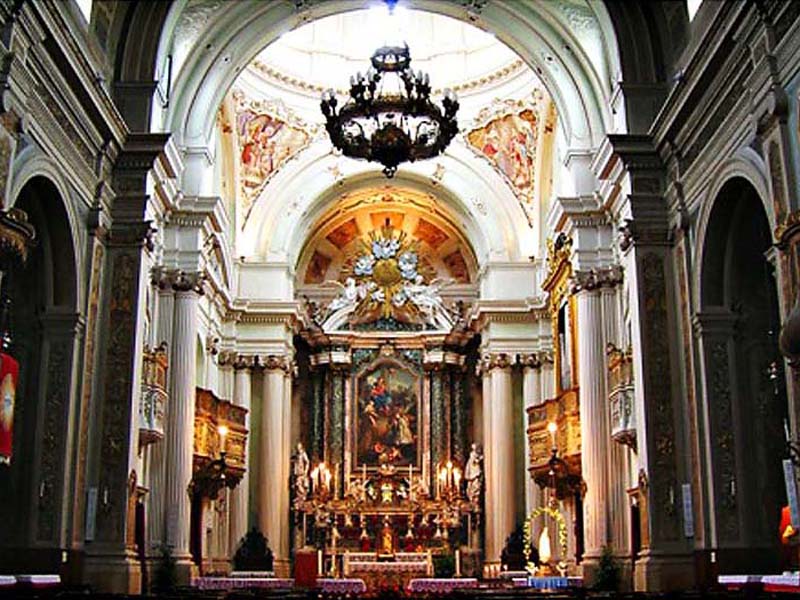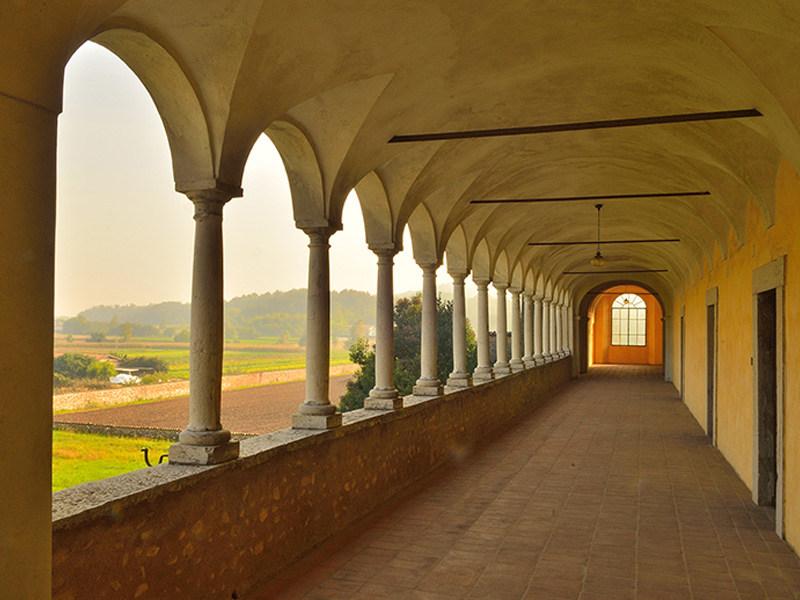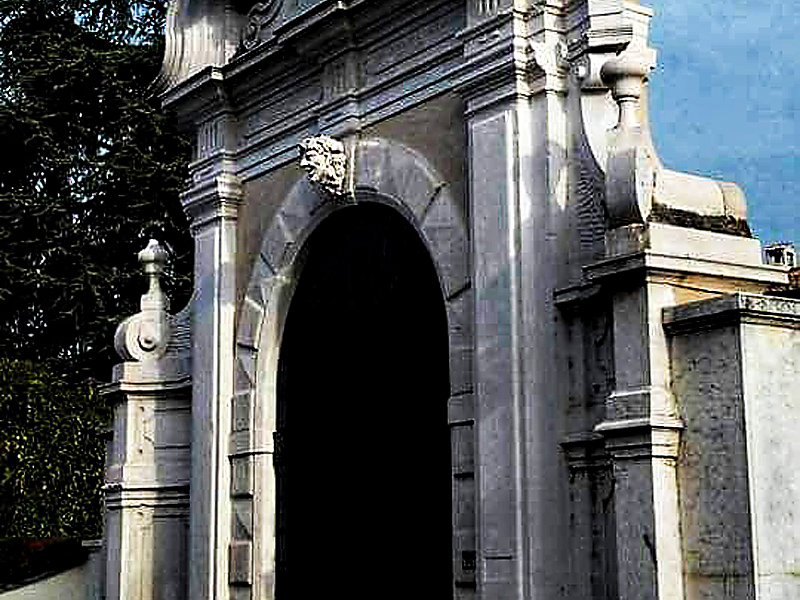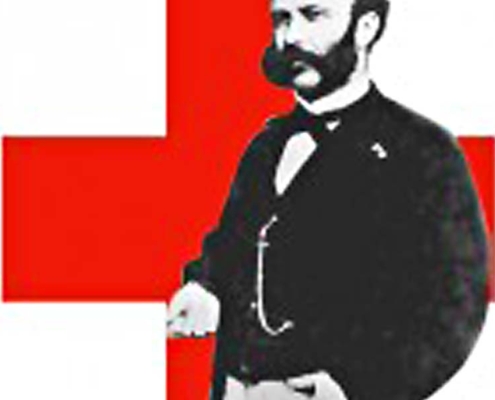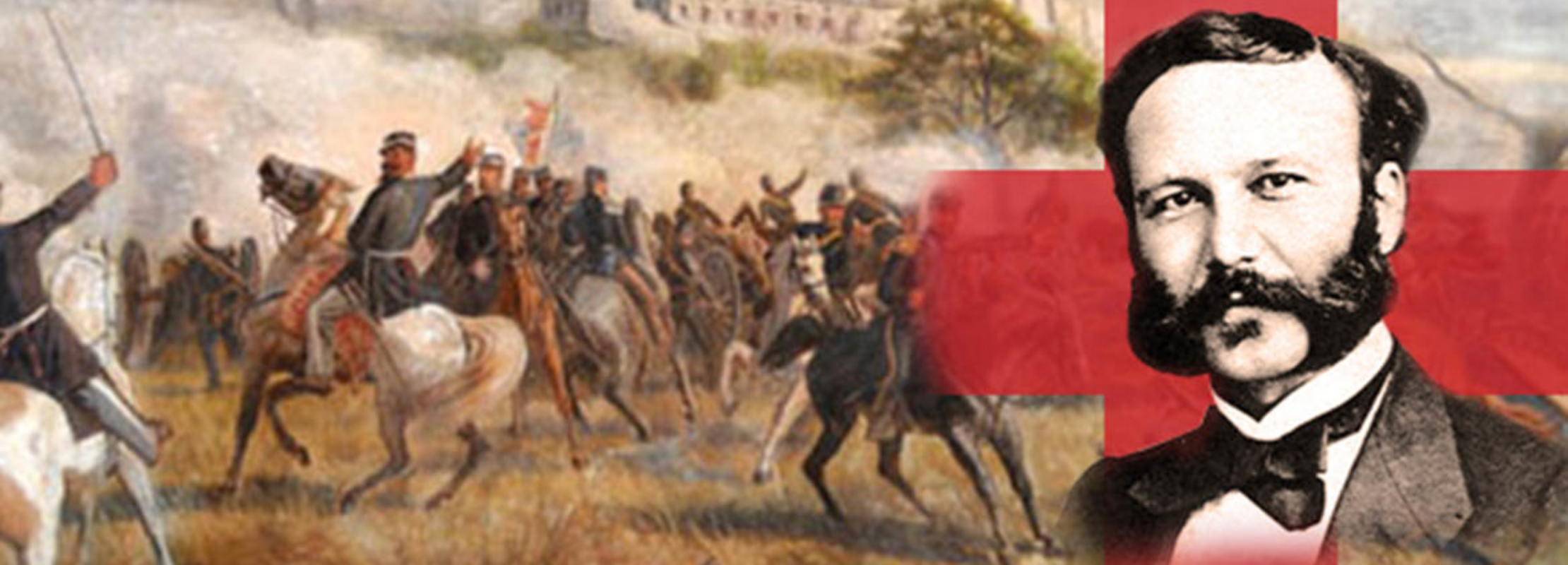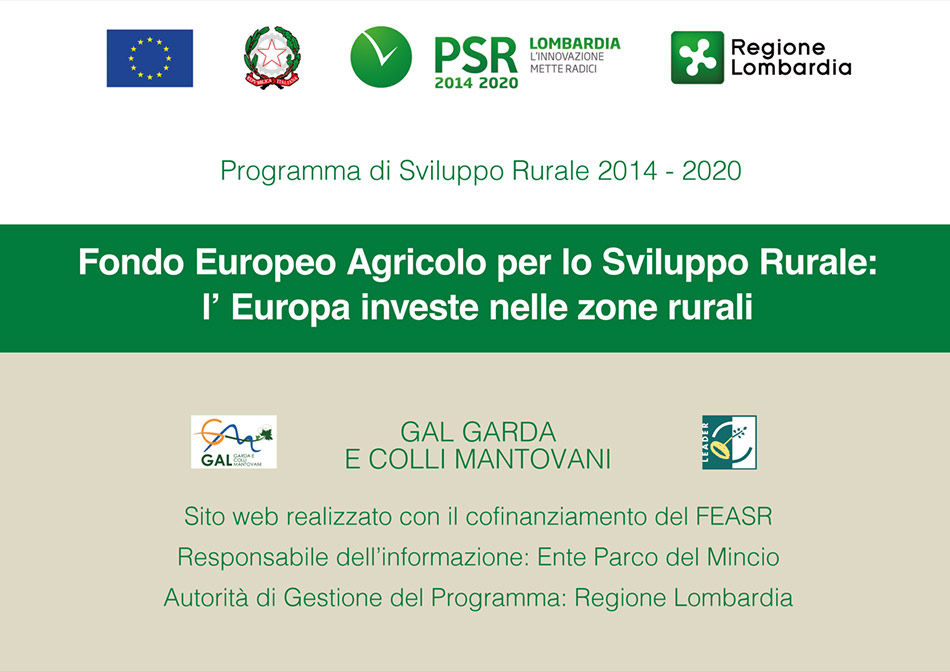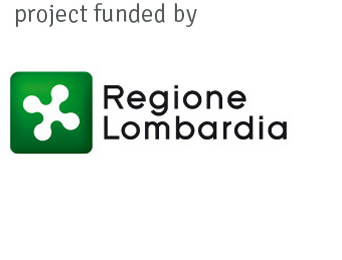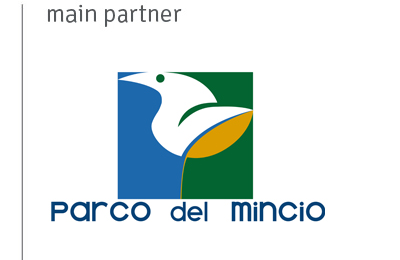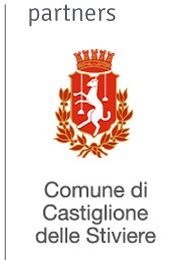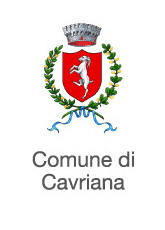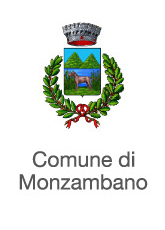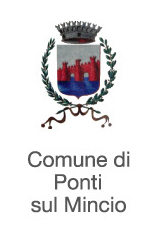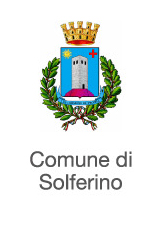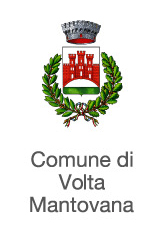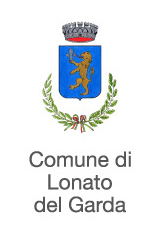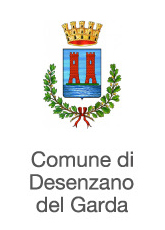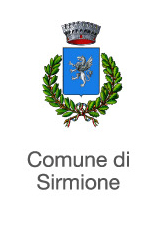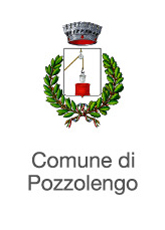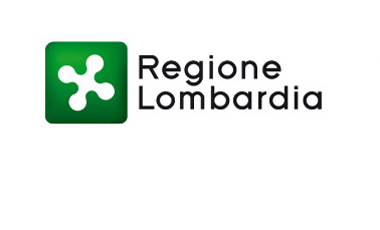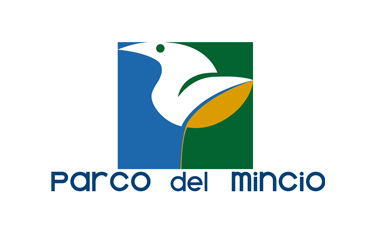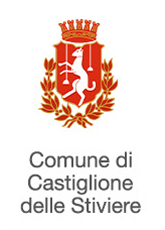![]() – Castiglione delle Stiviere
– Castiglione delle Stiviere
At the origin of the Red Cross
Henry Dunant
Henry Dunant was born in Geneva on 8 May 1828. He belonged to a wealthy family of Calvinist religion, his father was a merchant and was a councilor at the Chamber of Protection for the supervision and protection of orphans. His mother, a pious and devoted woman, developed in him love for others, accompanying him to visit the poor and the sick. In 1843 he joined a group of young people of the Free Church. It was the time of anti-slavery ideas, the writings of the American M. Beecher-Stowe, author of “Uncle Tom’s Cabin” (published in 1852) were circulating and the charitable figure of Florence Nightingale, the heroine of the War of Crimea. Dunant met the two young women as a boy and was fascinated by them. In 1855 he founded the Alliance of Christian Unions of Young People in Paris. He then went to Algeria where, in 1858, he founded an agricultural company, the “Anonymous Society of the Mills of Mons-Djemila”, attempting to develop the ambitious project of installing mills for the production of cereals. To do this he needs concessions for the cultivation of land and its irrigation, which the Algerian government will never recognize. Against this obstacle, since that territory was a French colony, he decided to speak personally with Napoleon III, who was then engaged at the head of his army in Italy against the Austrians. When Dunant arrives in Lombardy, it is in the midst of the Second Italian War of Independence: one of the bloodiest battles Europe has ever experienced breaks out in Solferino. Dunant is shocked by the impressive number of wounded and dead, but above all by the fact that they were more or less abandoned to themselves; Dunant himself improvises as a nurse, gathers men and women, provides water, broth, linen and bandages, returns to the battlefields to collect other wounded.
After the end of the war, he returns to Geneva, but cannot forget the Italian events. He transfers all his bitterness, emotions, anguish and helplessness felt in a book, “Un Souvenir de Solferino” which sees the light in 1862 with the aim of creating a Voluntary Relief society in every state, with the task of organizing and training teams to assist the wounded in war. In the same year Dunant founded a working commission, the “Geneva Committee for the Relief of Wounded Soldiers”, the first cell of what would become the International Committee of the Red Cross. Dunant spread his idea of him without sparing energy and resources, to the point that he found himself broke in 1867. Henry Dunant’s last public appearance was in London on 1 February 1875 (at the age of 47) during the international congress convened by an association he had founded 5 years earlier. There followed 20 years of darkness of which there is no certain news, until one day in the year 1895 when the Swiss journalist George Baumberger found him in Heiden, a small village in the hills south of Lake Constance in Switzerland, in the Paradiso guesthouse. Always here, in room no. 12 of the district hospital, he spends the remaining eighteen years of his life, without moving, not even when the world can no longer help but ignore him, not even after the Pope and the Tsarina Mother write to him to fistful of heartfelt letters, not even following the intervention of governments that offer him positions, recognition and money; not even after the awarding of the Nobel Peace Prize in 1901. He does not touch a penny of the money linked to the Nobel Prize which he will allocate, in his will, to humanitarian works in Norway and Switzerland, as well as to guarantee a “paid bed” for Heiden’s needy old people. He died at the age of 82 on October 30, 1910.
The International Museum of the Red Cross, which is located in the Palazzo Triulzi Longhi, and the Museum of Palazzo Bondoni Pastorio, which is located a few steps from the Duomo, tell the exciting story of the birth of the Red Cross.
Inside the Museum, stretchers, vintage ambulances, equipment for transporting the wounded, rescue tools, documents, photographs and much more to retrace, up to the present day, the singular birth of one of the largest international humanitarian organizations.
The Palazzo Bondoni Pastorio Museum houses a collection of objects closely linked to the founder of the Red Cross, Henry Dunant, as well as paintings, furnishings and ancient books from the Pastorio family. There are also many testimonies of the lifestyles of the aristocracy of the Upper Mantua area ranging from the late Renaissance era to the nineteenth century.
(Reservations are required to visit the museum)
Good to know


